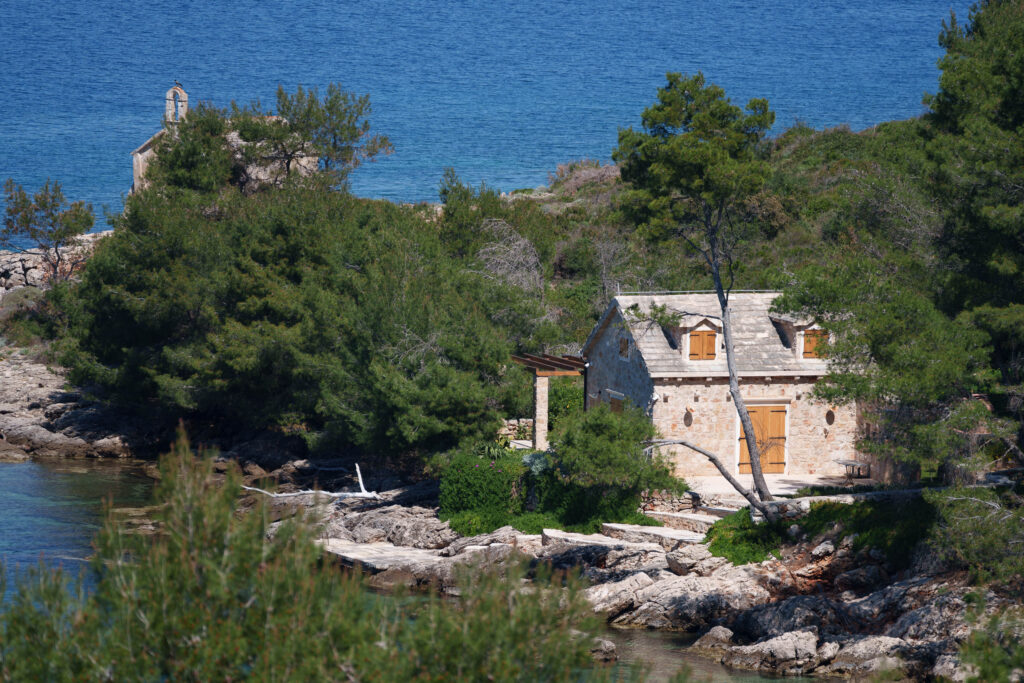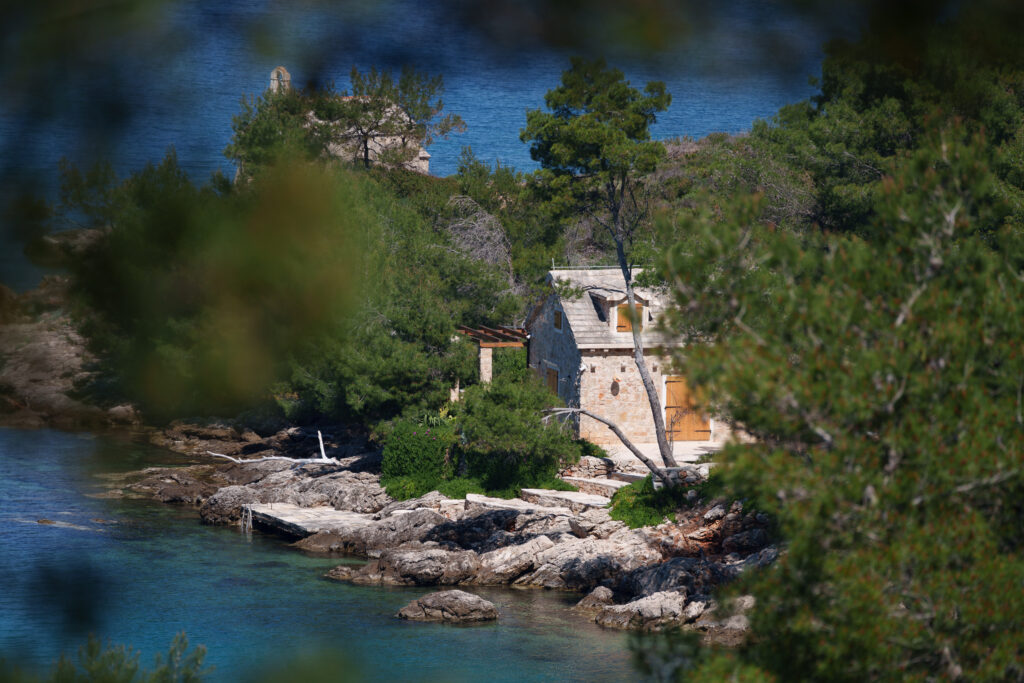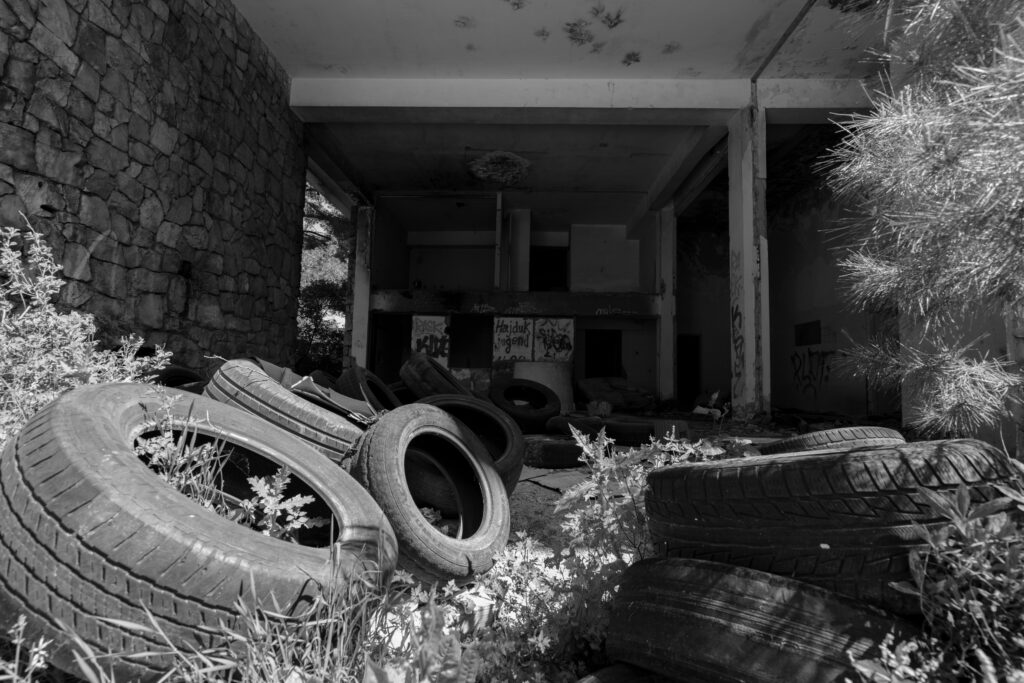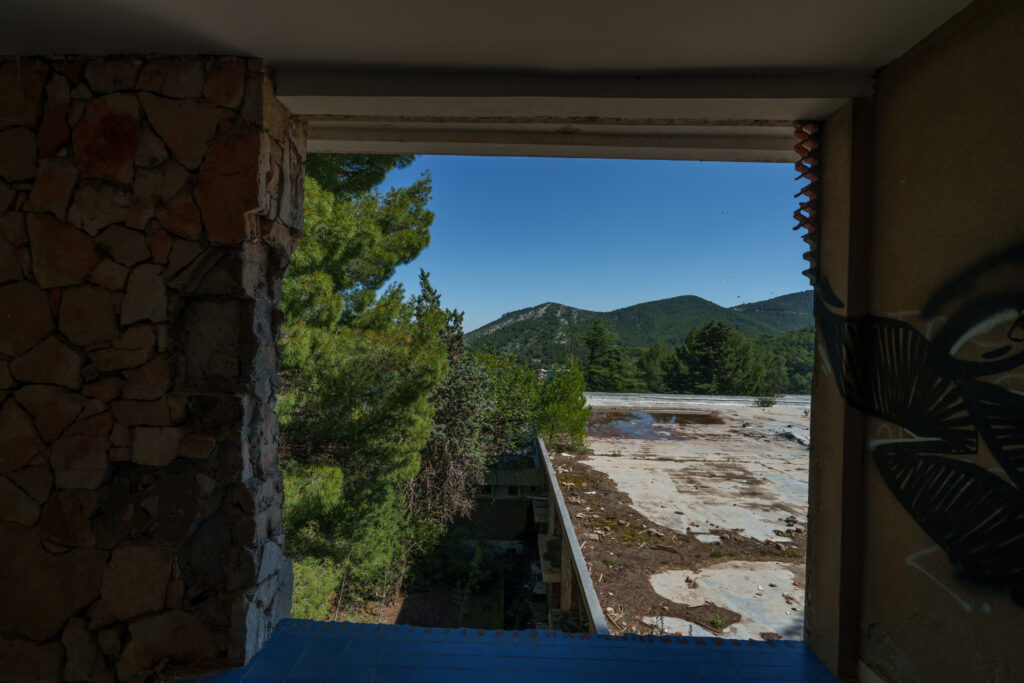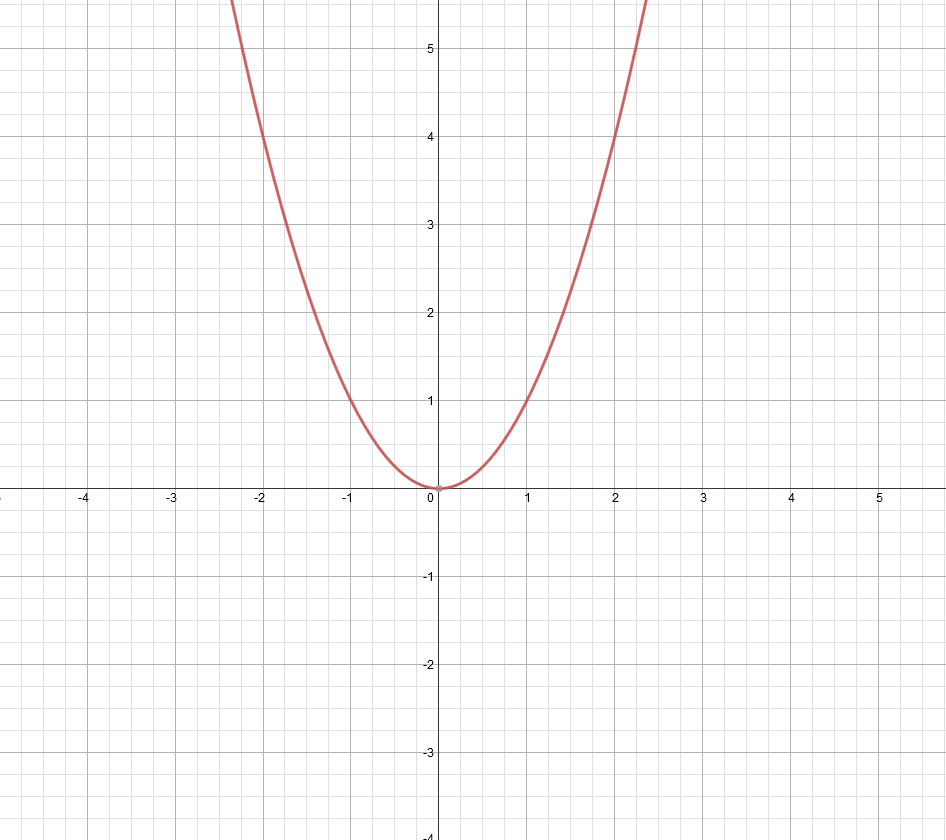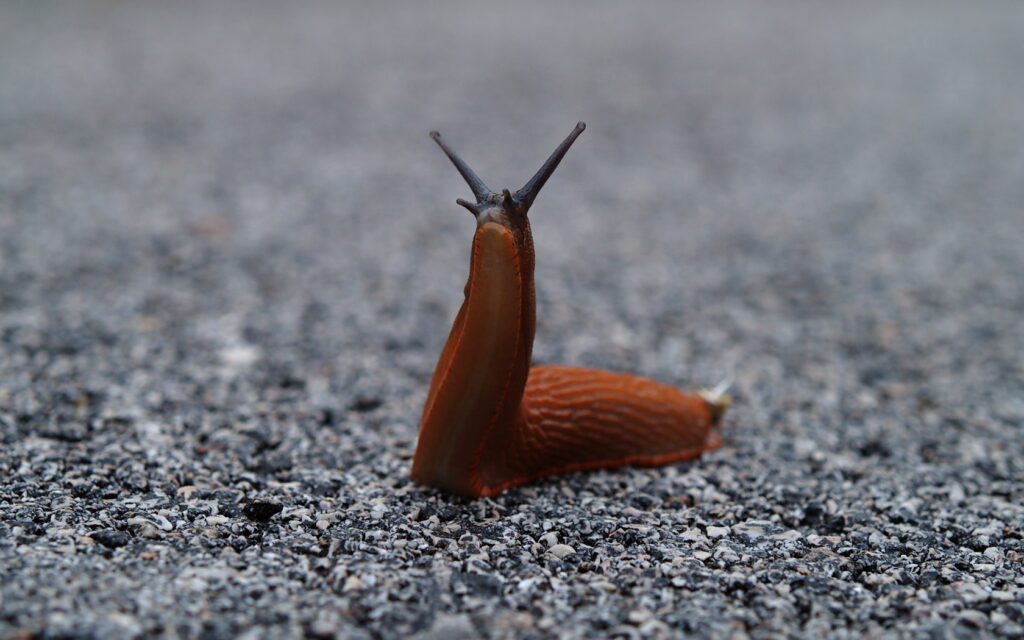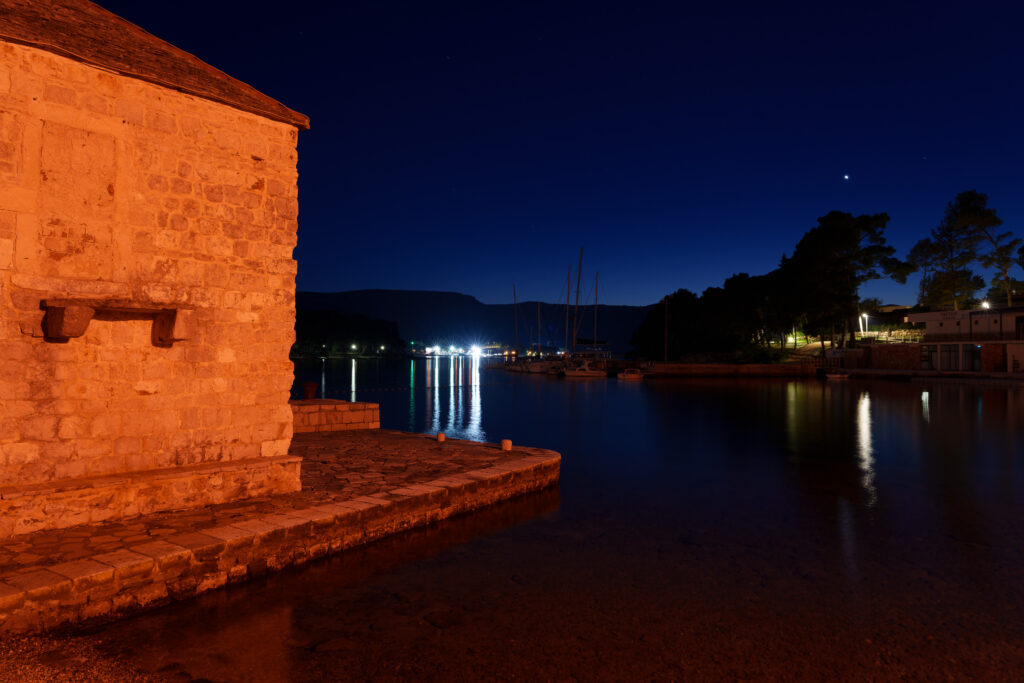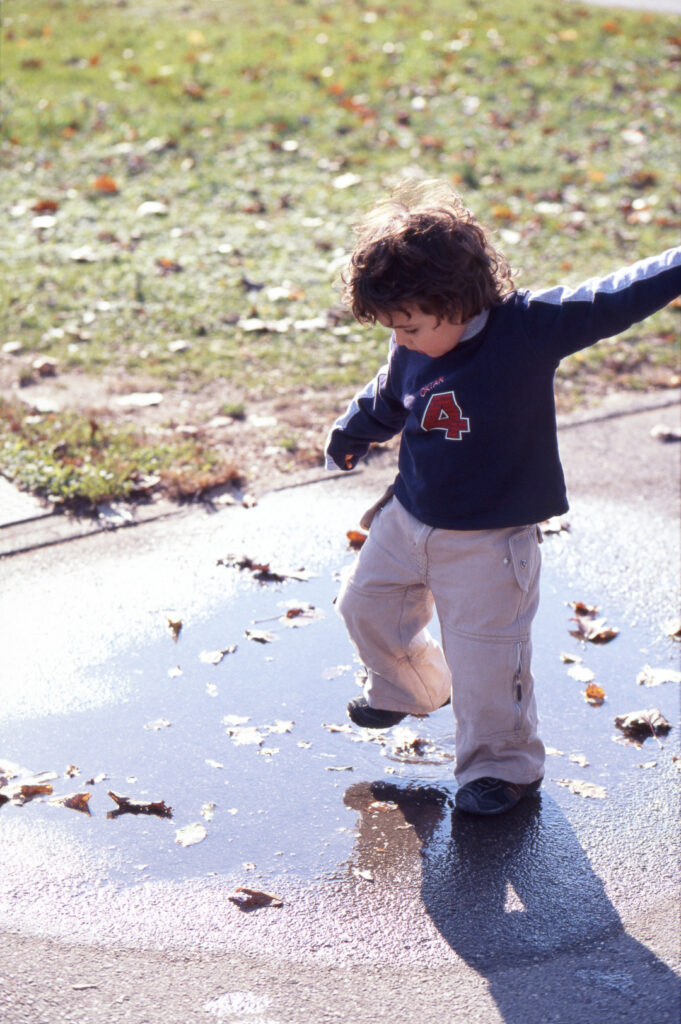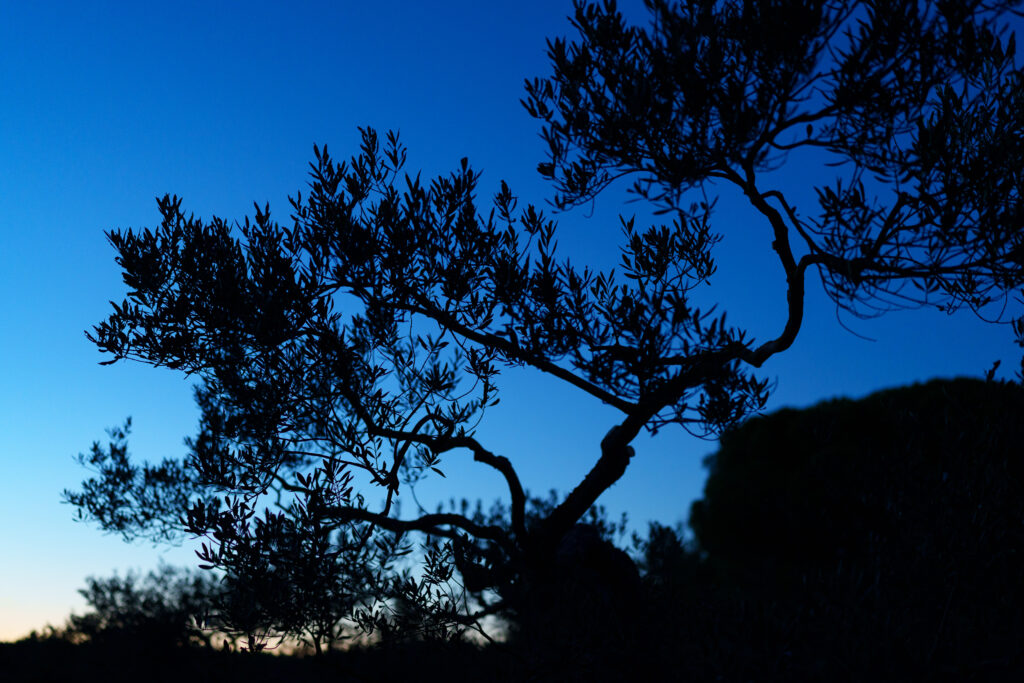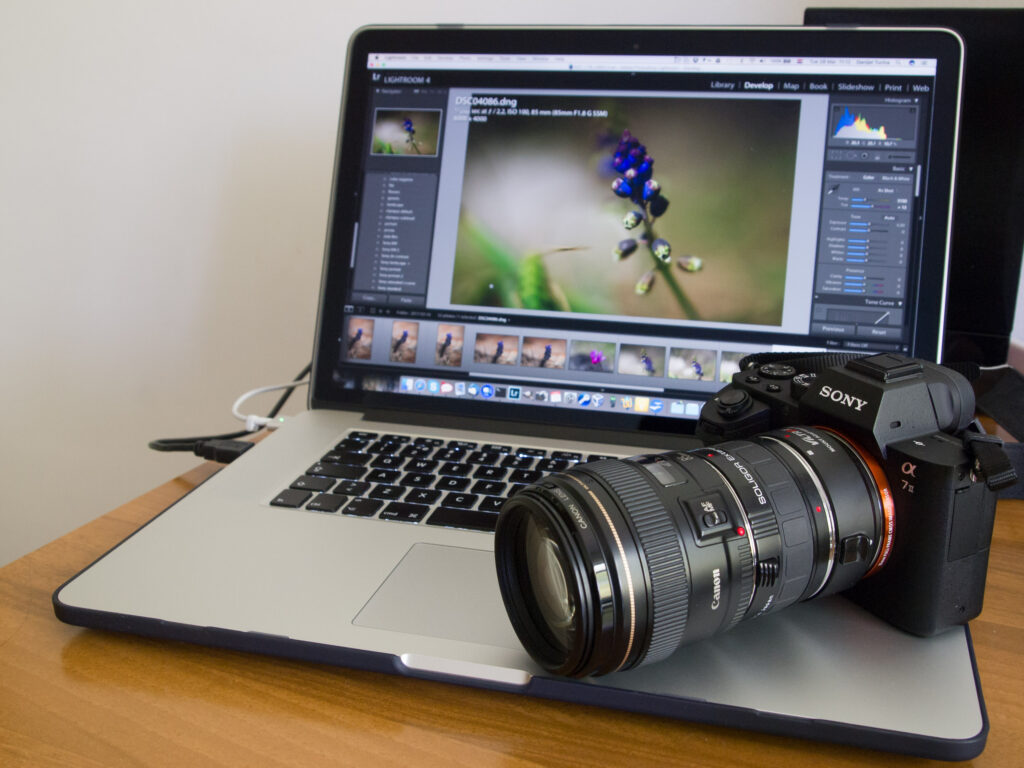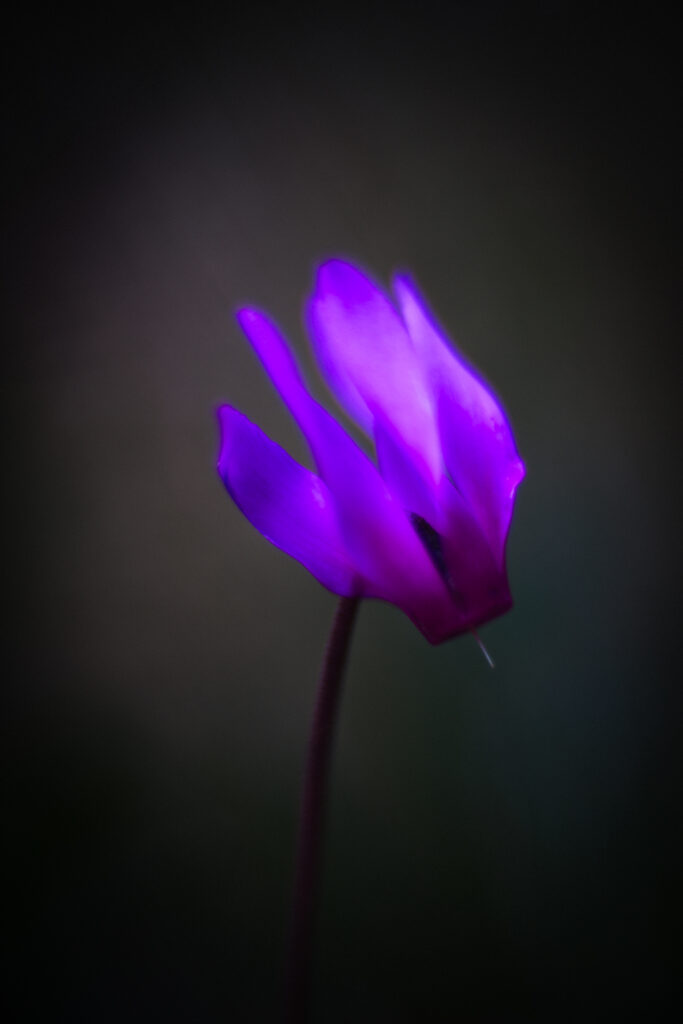I jokingly say that all lenses are bad. They are either unsharp, with poor aperture and flawed in all sorts of ways, or they are heavy and expensive.
To that’s the compromise, in a nutshell. You can design a lens that has great aperture and optical performance, but it’s going to be expensive and heavy. Alternatively, you can make it cheap and light, but that’s going to adversely influence performance.
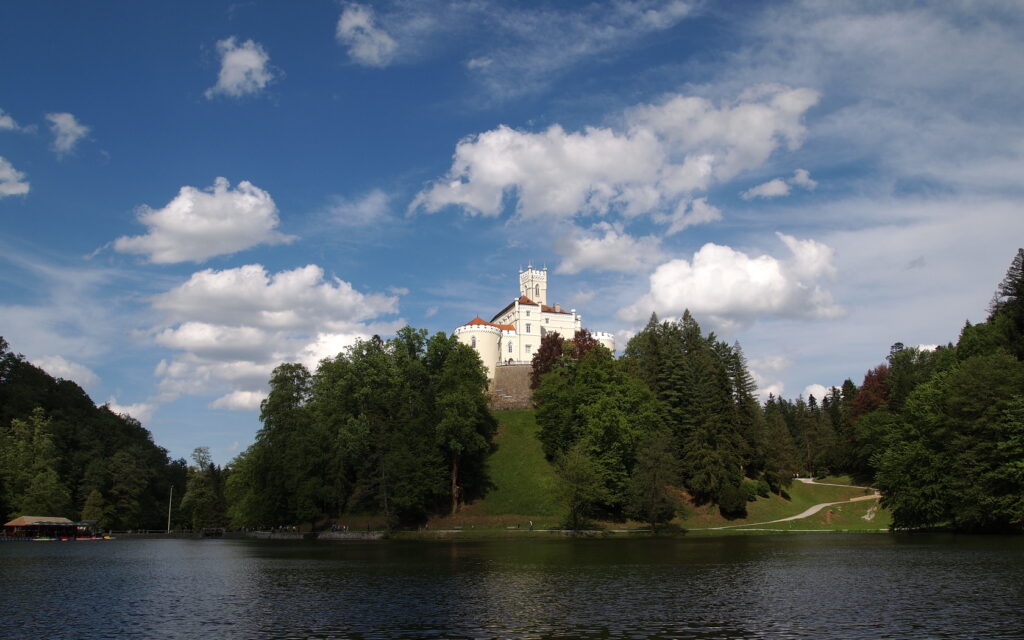
not necessarily so; shot with “cheap and light” Olympus Pen with the collapsible 14-42mm kit lens
So, why is that? Well, first of all, you need to know how lenses are designed. Basically, they bend light in a certain way, and that introduces flaws. Then additional elements are introduced to correct for those flaws. Every additional element means additional point of light transition between air and glass, which means antireflective coating is super important to maintain contrast and reduce flaring. Also, more glass equals more weight. You can reduce lens size if you reduce the circle it’s drawing, but then you get vignetting and unsharp corners. You can remove those problems by enlarging the circle, but then you increase weight. Also, you can reduce the aperture and thus keep the lens smaller and less expensive, while retaining sharpness. So, you can have it light, sharp, fast and cheap, just not all at the same time.
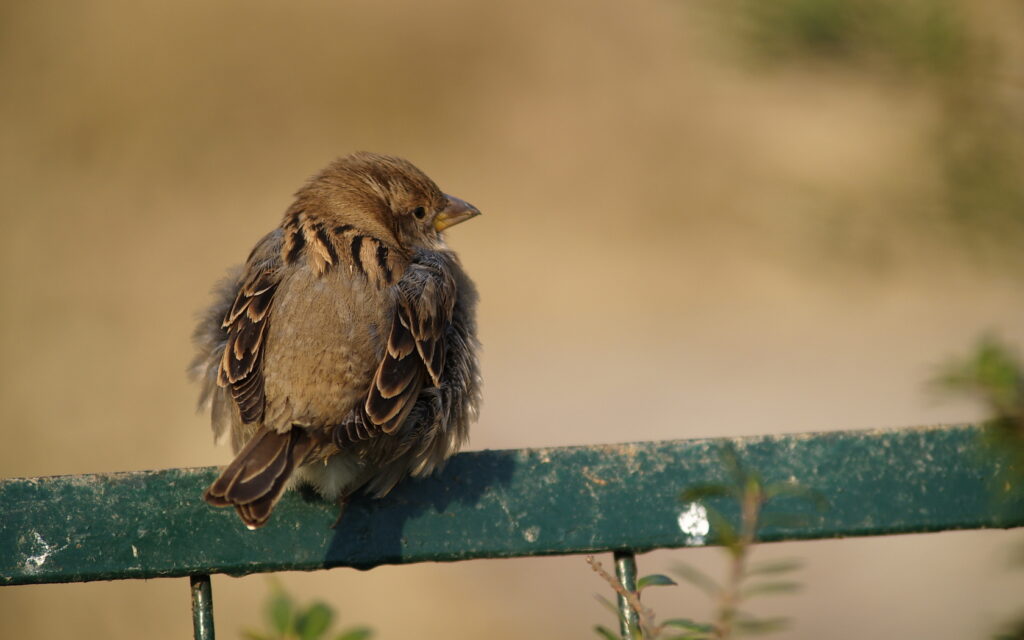
Sharp and fast, while heavy and expensive
The zoom lenses increase all the problems, and at the same time remove lots of the benefits. For instance, a f/2.8 zoom is considered fast (fast not in a sense that it does anything quickly, but in a sense that it lets through lots of light, thus allowing for faster shutter speeds). For a prime lens, f/2.8 is considered slow, and “fast” really starts at f/1.8. Also, with zooms, the more range you have the worse the lens typically behaves, and adding a fast aperture to that makes things either much worse optically, or expensive and heavy. This is why I think trying for a “Swiss army knife” lens that would do it all is an exceptionally bad idea. Yes, the idea is to replace a bag of lenses with one, but the problem is, that one will often weigh and cost about as much as the aforementioned bag of lenses. You think I’m joking? Try looking at the prices of 24-70mm f/2.8 and 70-200mm f/2.8 lenses in top quality, and you’ll see what I mean. Then again, try shopping for f/4 zooms in high quality, and fast f/1.8 and f/1.4 primes, and you’ll see what I mean. This is the reason why I usually stick with f/4 zooms and use them where versatility of focal length ranges is paramount, and aperture is secondary or irrelevant – such as landscape photography from a tripod, and I go for primes where focal range is irrelevant, but speed and sharpness wide open are paramount, such as low-light photography handheld, or portraiture with shallow depth of field. You don’t need to have it all in one lens, which is why people invented system cameras with interchangeable lenses, so that you could avoid resorting to Swiss army knife solutions. Sure, I understand that there are conditions where you want to avoid changing lenses a lot, because you could either miss shots, or drop a lens, or allow dust/rain inside the camera. However, in most cases this is not actually a problem. Carrying around a huge and expensive lens on your camera, however, is very rarely welcome.
The tragedy of zoom lenses, and especially the “standard” zoom lenses, in 24-105 or 24-70mm range, is that people think they are versatile and they can get by with only one lens for most things. Sure, they are versatile in focal length range, but they are usually very limiting in aperture, and this is what you are more likely to need; in essence, a 50mm f/1.8 prime is more versatile than a 24-105mm f/4 zoom, and I’m more likely to take it with me as a walkaround lens. It is also likely to be very light, inexpensive and very sharp. The ability to open the aperture all the way to f/1.8 means you can shoot in the kind of dark where you see the stars in the night sky; you can blur the background for portraits and get close enough for almost-macro details, and once you can do that, the limitation of a single focal length is not that much of a big deal for most things you might wish to do. And yes, you can do a great deal of landscape shots with a 50mm, and if 50mm is too tight or too wide for you, then you will know what to get next.
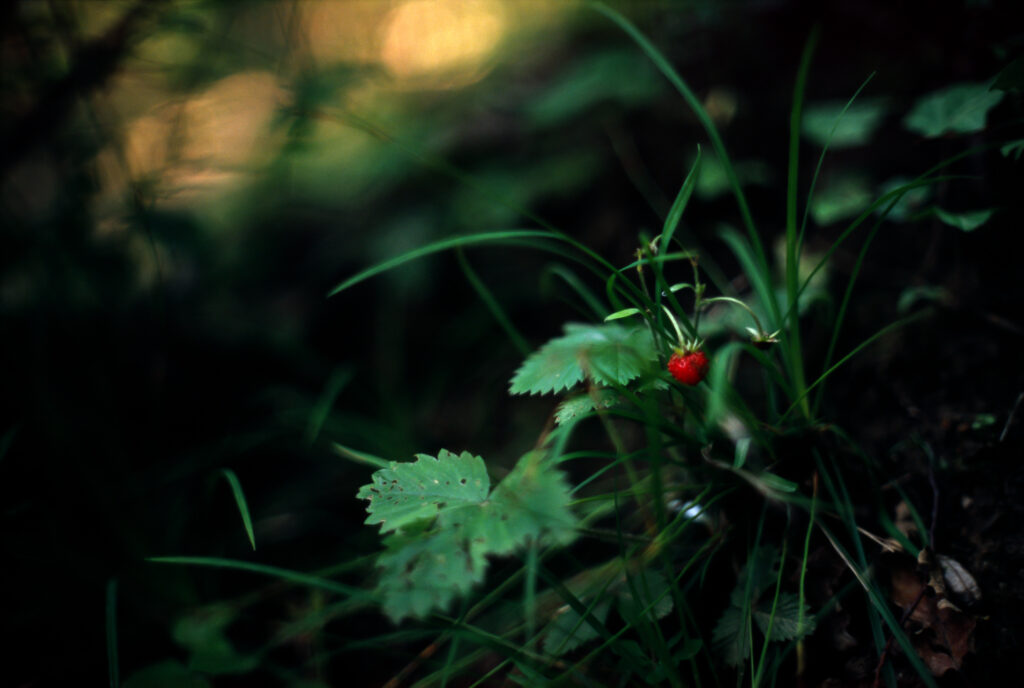
50mm f/1.4 prime, wide open at closest focusing distance
A beginner will feel the need to cover all potential uses of a camera before they figure out what they actually want to shoot, and that’s usually both expensive and frustrating, because you might actually get limiting equipment thinking you’re giving yourself options. For instance, one of the most practical and versatile lenses is a 35mm f/1.8 with good closeup capabilities, for instance the RF 35mm f/1.8 macro for Canon, or FE 35mm f/1.8 for Sony. They are sharp, fast, light and not very expensive, especially considering what you’re getting. Get that as your “every day” lens, and then observe what you wish you had – a specialised lens for birds, or an ultrawide, or a longer macro, or a midrange zoom for landscapes from a tripod, and buy lenses that are specialised for those tasks, instead of trying to buy the most expensive and heaviest Swiss army knife.
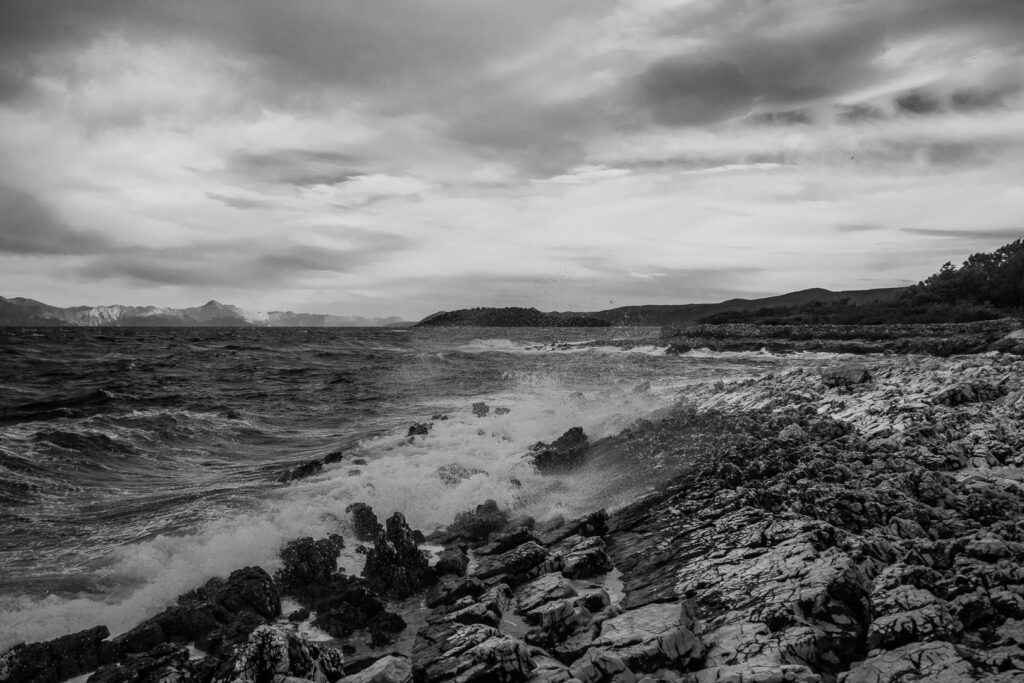
35mm for nature/landscapes
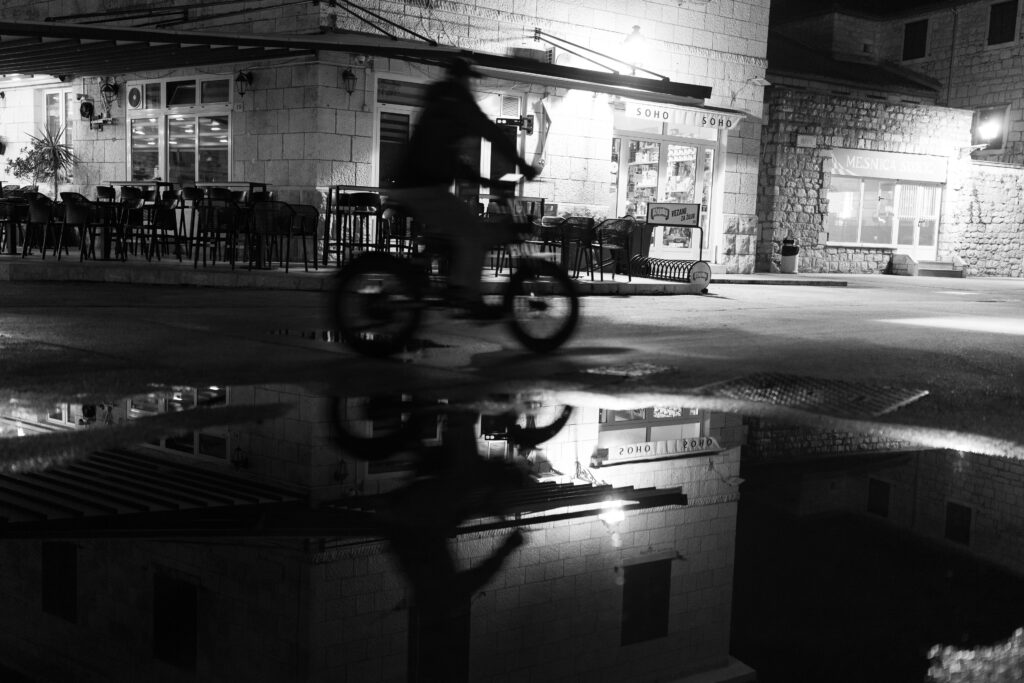
35mm in town, late night
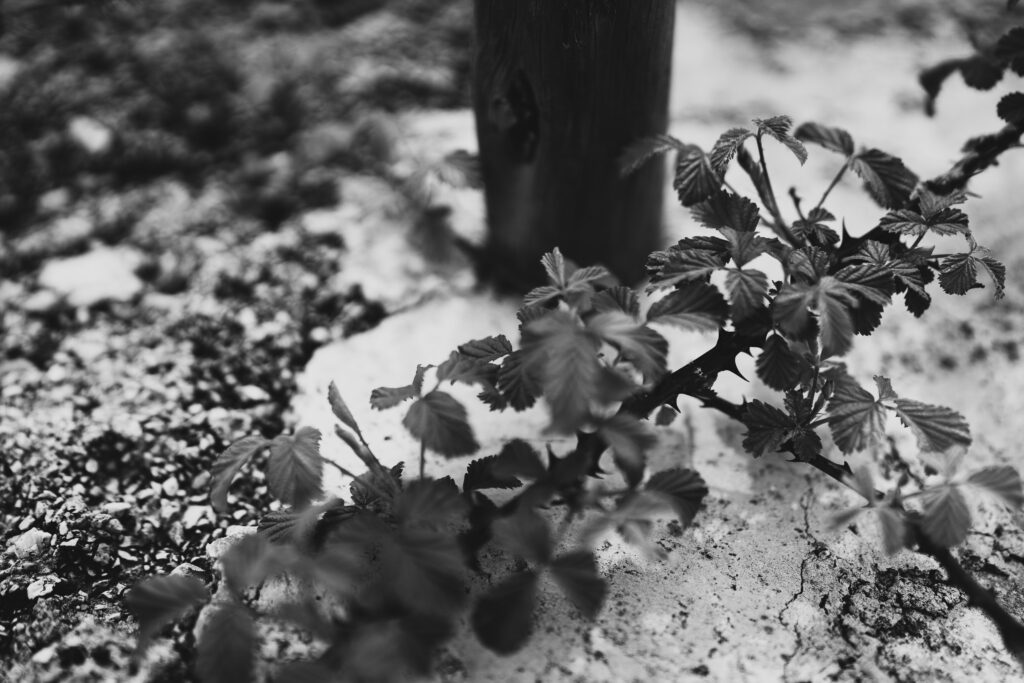
35mm for details
Also, if you want a portrait lens, someone might suggest a 70-200mm f/2.8, which is extremely popular, but unless you need the focal range for indoor sports and weddings, I would recommend a 85mm f/1.8, or a 135mm if you want things tighter. You can save tons of money, and get results that might actually look better.
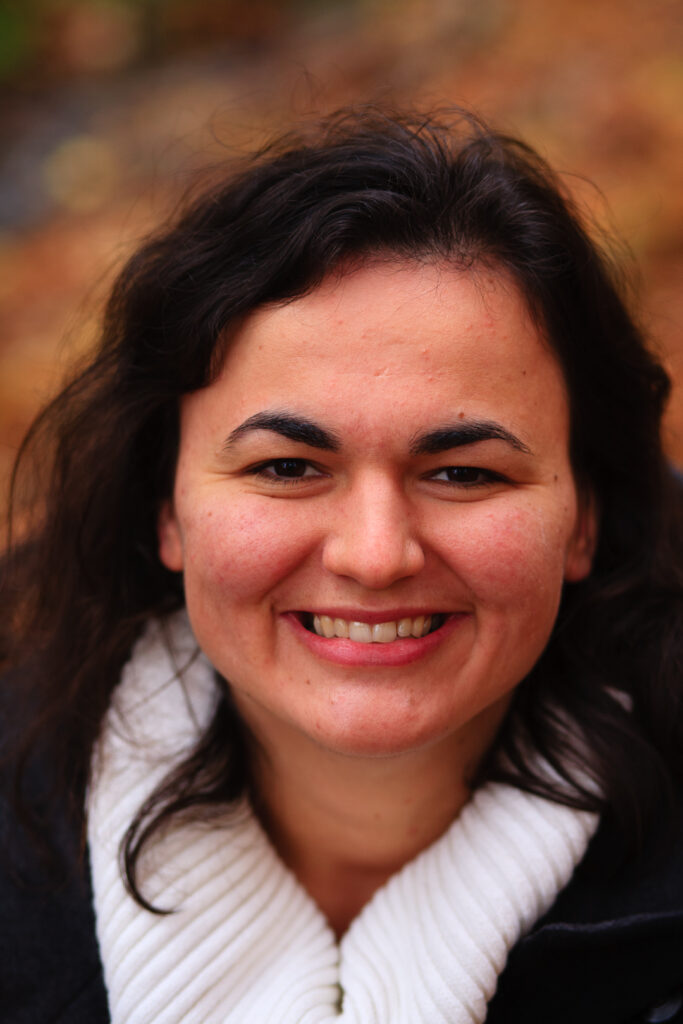
A portrait with an 85mm f/1.8 lens at f/2.8
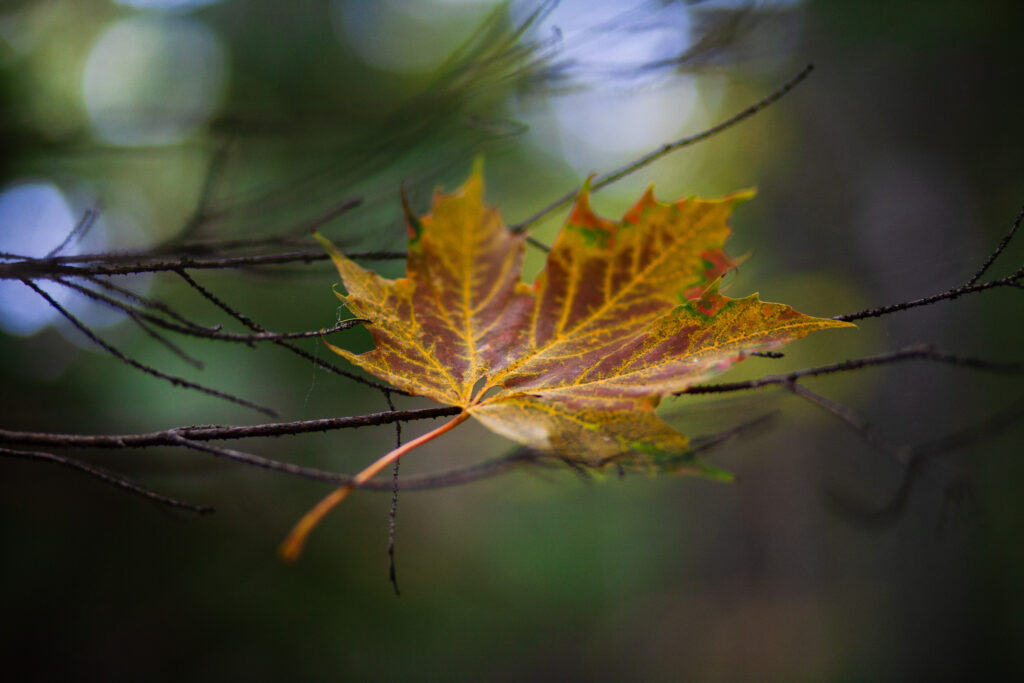
85mm f/1.8 for details
Essentially, what I would recommend to a beginner who doesn’t want to overspend, and yet wants to be able to make photos of exceptional quality, would be to get a cheap standard kit lens that would be used stopped down to f/8-f/16 from a tripod, and a 50mm f/1.8 prime. Then, depending on the needs, get either a 16-35mm f/4 wide angle, or a 85mm f/1.8, or a 100mm f/2.8 macro, or 70-300mm f/4.5-5.6, or whatever you actually found out that you would need, based on actual experience and not guesswork. However, be advised that everything is a compromise – especially the “no compromise” optical solutions. So, the advice is to get in as cheaply as you can, possibly with used gear from a “dead” system that is heavily discounted, learn the ropes, figure out what you actually want, and then buy specific lenses for specific needs, avoiding the do-it-all solutions, because they are very often so impractical that they end up being not particularly good for anything.

